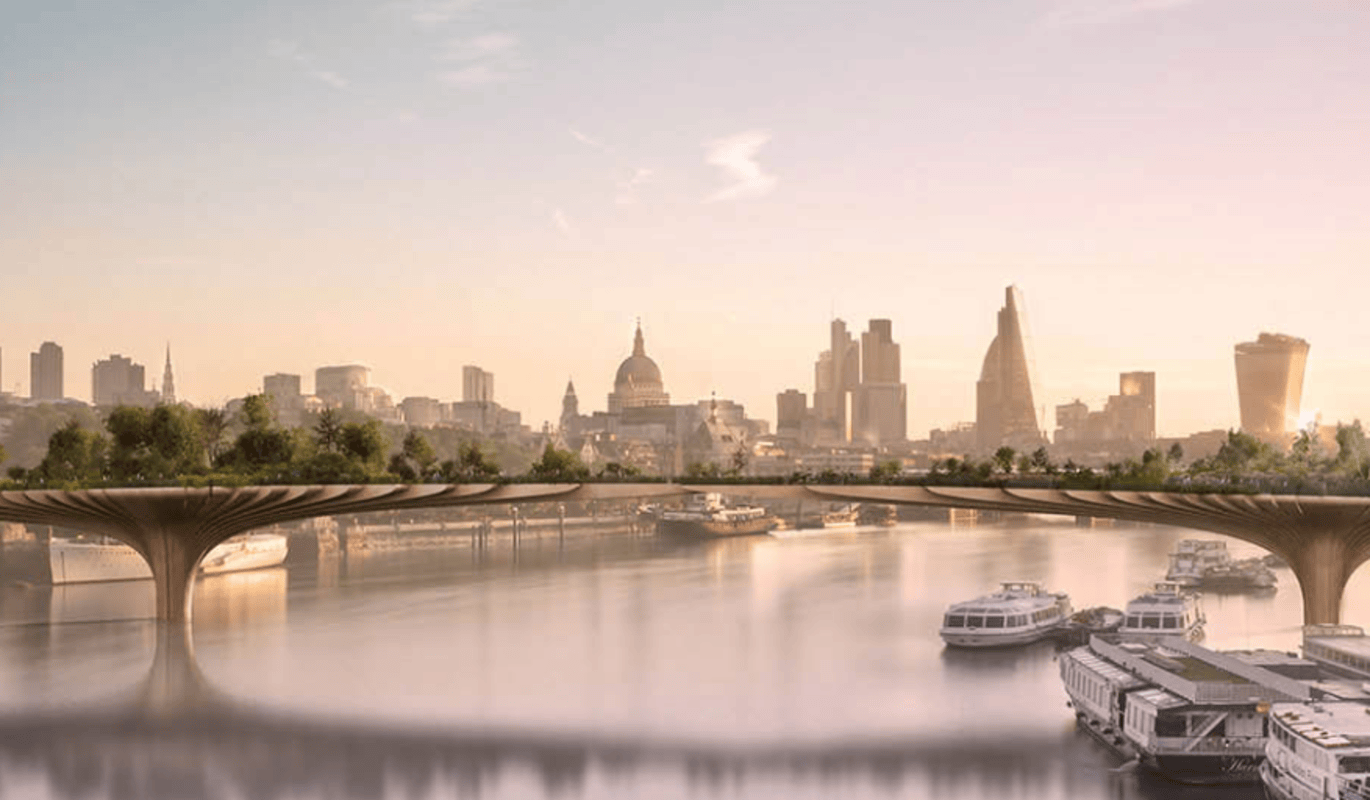A significant debate is unfolding in London regarding the vast resources of an ancient philanthropic body, the City Bridge Foundation, whose primary historical purpose was the construction and maintenance of the capital’s vital river crossings. Despite its deep pockets and a mandate rooted in centuries of public service, questions are being raised about whether its substantial funds are being optimally utilized for the city’s future London infrastructure needs, or if they are increasingly diverted to other, sometimes contentious, charitable endeavors.
The origins of the City Bridge Foundation stretch back over a millennium, with its Royal Charter dating to 1282. Established initially to manage tolls and ensure the structural integrity of London Bridge, the foundation accumulated a considerable endowment through various historical means, including tolls, taxes, and significant bequests. This substantial wealth was historically deployed to finance monumental projects like Blackfriars Bridge, Southwark Bridge, Tower Bridge, and the Millennium Bridge, underscoring its pivotal role in London’s urban planning.
A pivotal shift occurred in 1995 when the foundation successfully applied for an alteration to its charter. This change allowed the CBF to reallocate excess funds, previously earmarked exclusively for bridge development, towards charitable donations. Since this amendment, the foundation has disbursed an astonishing £760 million, a sum that many argue could have significantly addressed critical needs in London infrastructure.
While some of these charitable contributions support undeniably worthy causes, a growing number of donations have sparked public concern. The City Bridge Foundation openly commits to “Equity, Diversity and Inclusion” (EDI) and “Climate Action” as fundamental strategic ambitions. Critics highlight that nearly every donation, according to this framework, appears to have a “woke tilt,” with funding principles emphasizing “equity” and often supporting initiatives for “minoritized communities” or “inclusive courses,” raising questions about the scope of its charitable spending.
A particularly striking example of this re-prioritization emerged with the foundation’s partnership with London Funders and its “Propel” initiative. In 2023, a grant facilitated through Propel reached Queercircle, a charity that subsequently collaborated with the “Stop the Silvertown Tunnel Coalition.” This Nimby group actively campaigned against new bridge development, specifically lobbying to prevent vehicles from using the Silvertown Tunnel, an ironic outcome given the CBF’s foundational purpose.
There is no direct evidence suggesting the City Bridge Foundation was fully aware that its public funds were indirectly supporting groups opposed to new river crossings for London. However, this incident serves as a clear illustration of how the foundation’s broadened remit has allowed its resources to flow towards organizations whose objectives appear to be at odds with the CBF’s original, historical mission of facilitating and improving London’s vital connections and urban planning.
The public discourse now pivots to the untapped potential of the City Bridge Foundation’s wealth. Imagine the possibilities for London’s future: the refurbishment of Hammersmith Bridge, the construction of the ambitious Garden Bridge without taxpayer money, or even a new crossing to replace the Woolwich ferry, linking the North and South Circulars. These are all crucial bridge development projects that could significantly enhance London infrastructure and mobility.
Critics propose a review of the foundation’s charter by the City of London, its governing body. A reversion of the charter, or at least a significant amendment, could ensure that a substantial portion of the excess funds is once again dedicated to building more bridges for London, aligning with the original intentions of the donors. This strategic redirection could unlock unprecedented opportunities for London’s continued growth and connectivity.
Ultimately, the current situation presents a clear trade-off for London. The city can either choose to leverage the City Bridge Foundation’s immense resources to build essential new river crossings, alleviating traffic congestion and fostering economic growth, or allow its ancient endowment to continue supporting a range of charities, some of which may inadvertently hinder the very progress the foundation was established to champion. The debate highlights the critical need for a clear vision for London’s future infrastructure.






Leave a Reply